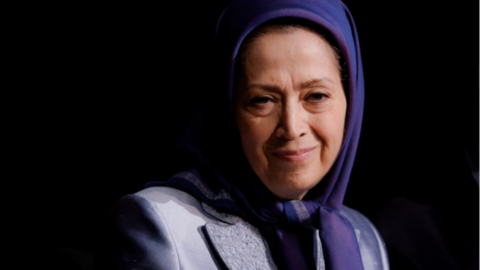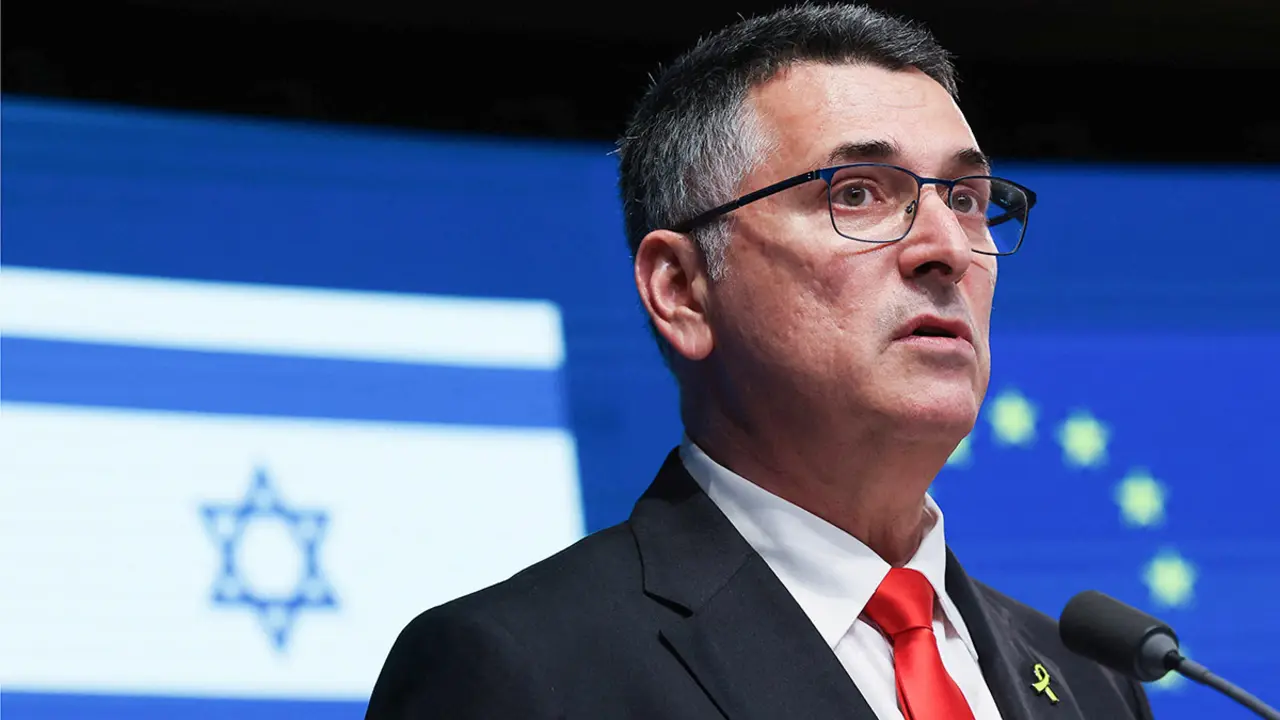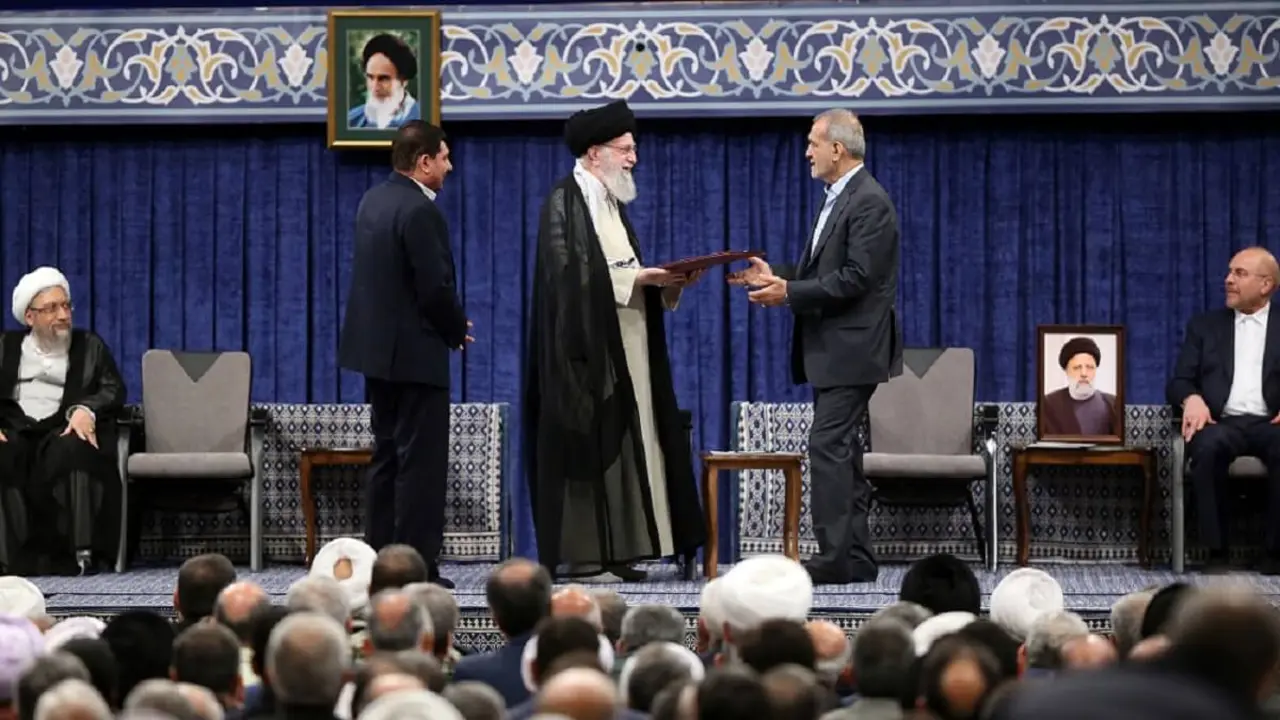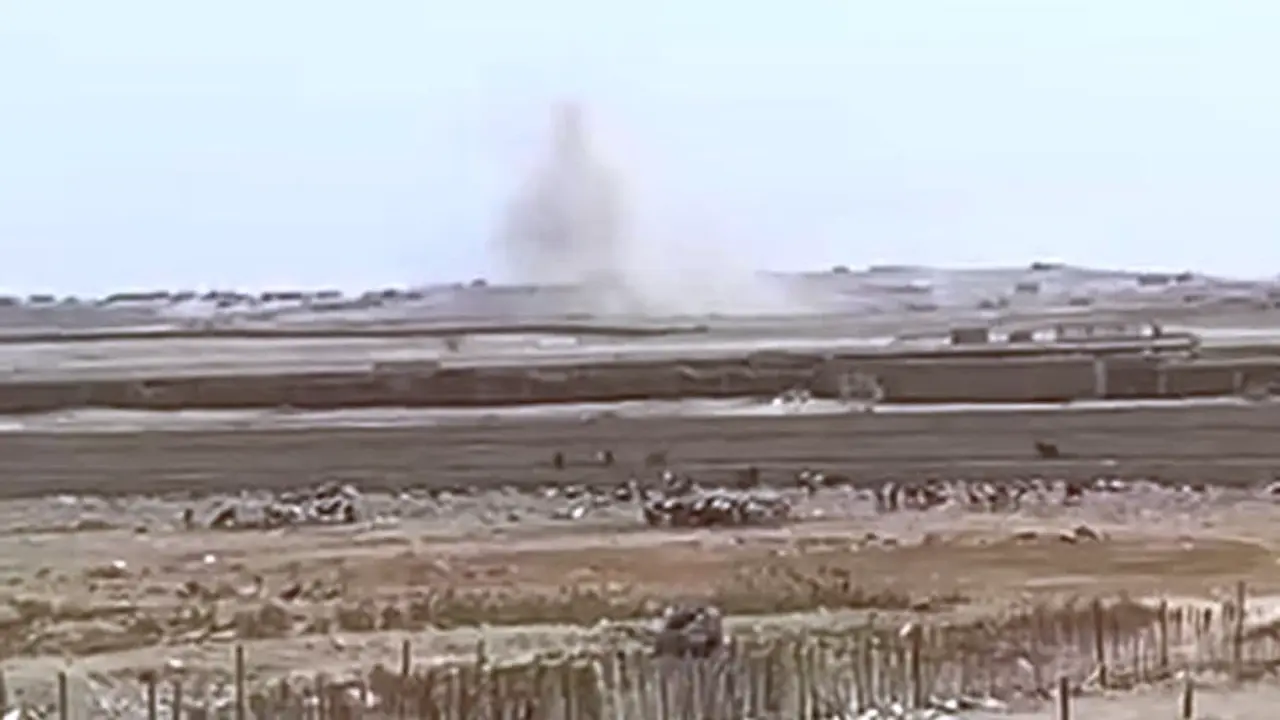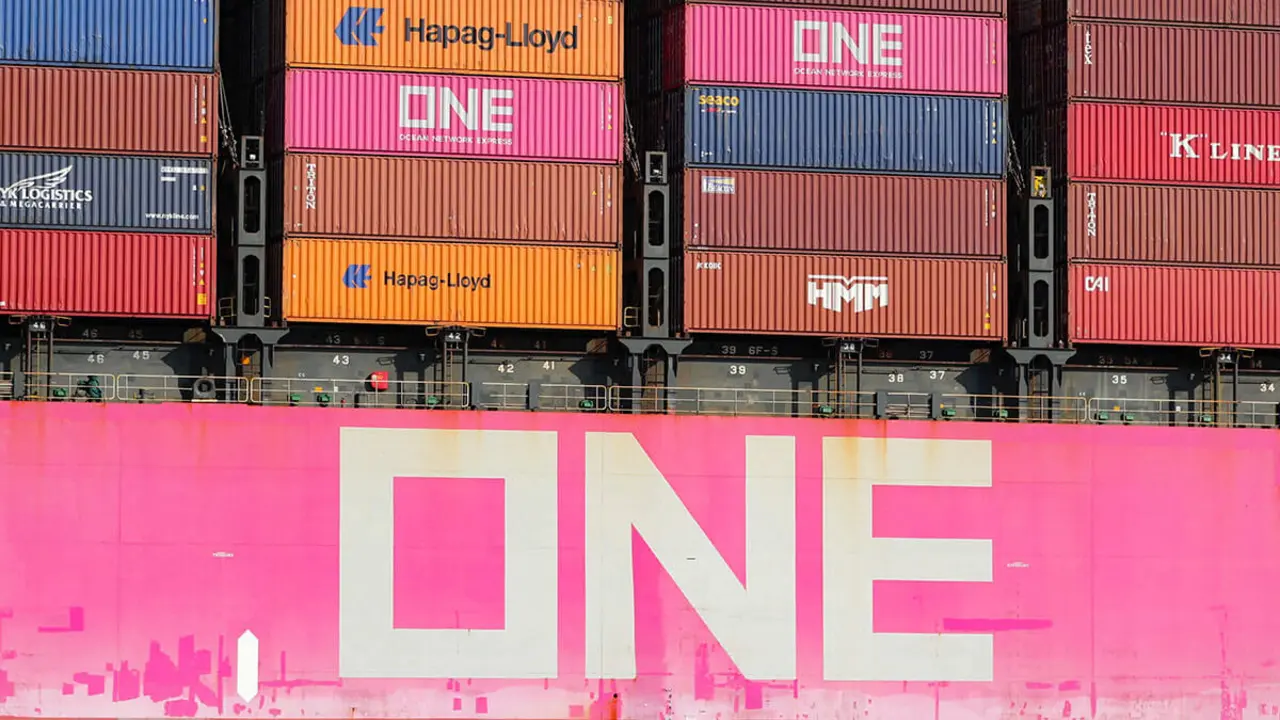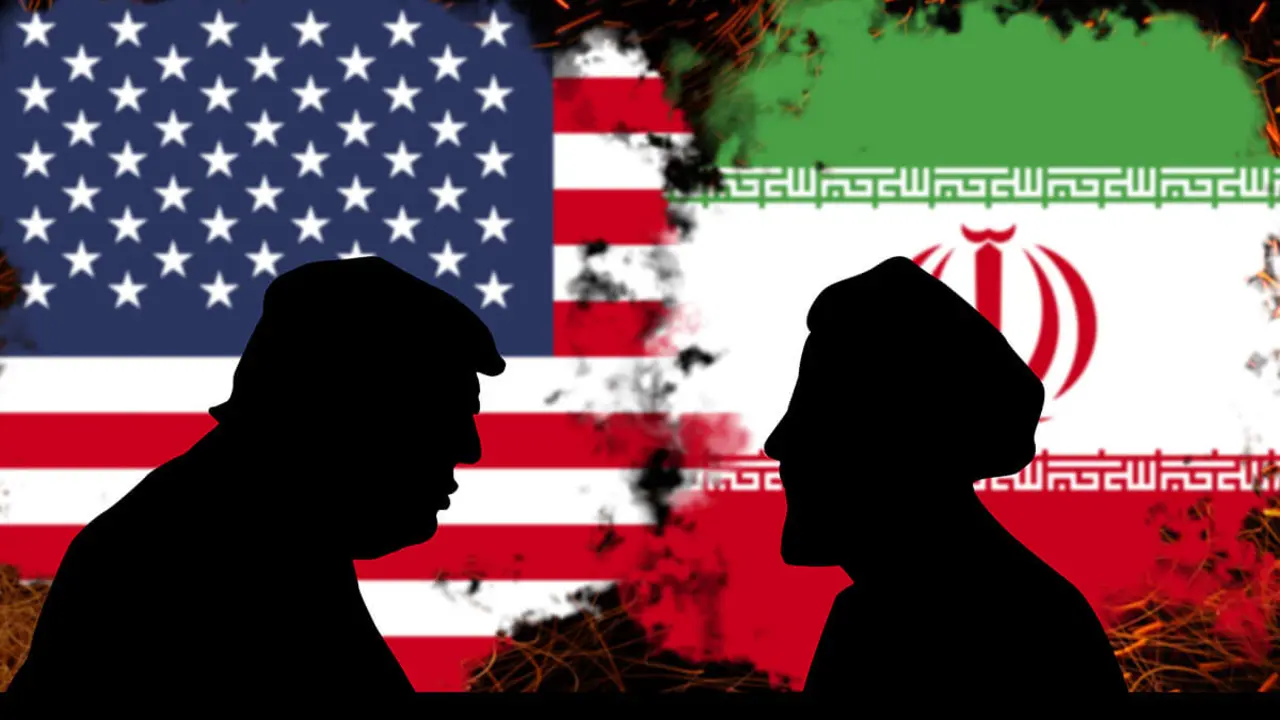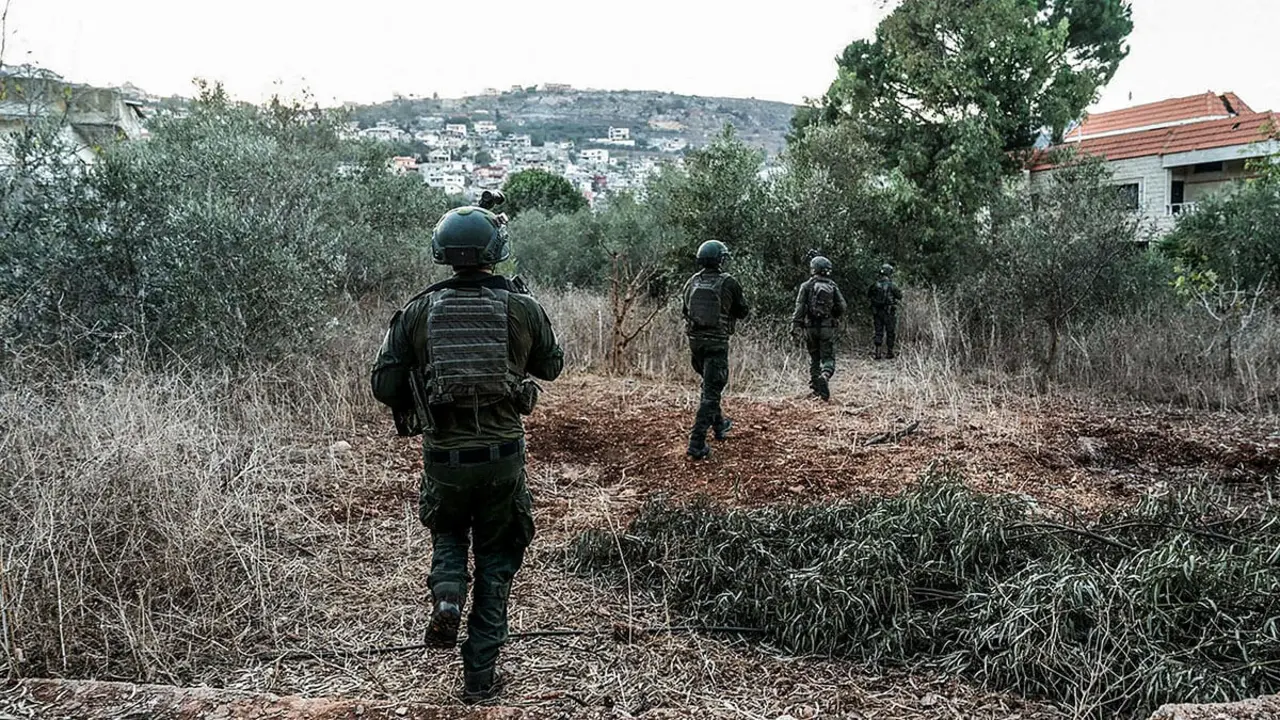Conservatives strengthen their control of Iran's parliament in elections with record abstentions
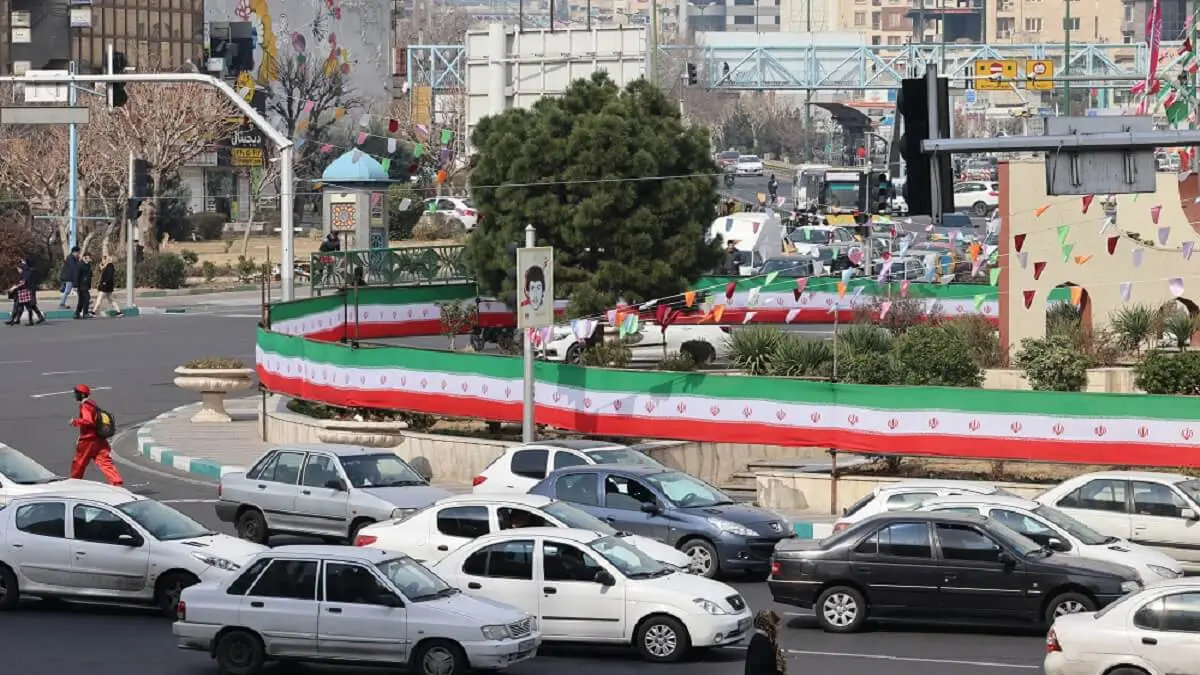
Conservatives will strengthen their control of the Iranian parliament, according to partial results released Sunday from Friday's elections, which saw a record abstention rate in the Islamic Republic's 45-year history.
Friday's elections were the first elections to be held since the massive protests sparked by the 2022 death in custody of young Mahsa Amini, who was arrested for allegedly violating the dress code requiring her to wear the veil.
Voters voted to elect 290 members of parliament and 88 members of the Assembly of Experts, which appoints the supreme leader.
The main question mark of this election was the turnout, as for the Iranian power, it is a test of legitimacy on the international scene, marked by strong regional tensions triggered by the war in Gaza.
According to official media, the voter turnout was around 41%.
According to the reformist daily Shargh, the main consequence of the high abstention rate is that the next parliament will be even more "in the hands of radical conservatives" who "benefited from the low turnout".
Moreover, according to some media reports, the number of blank or spoiled ballots was reportedly higher than in previous elections.
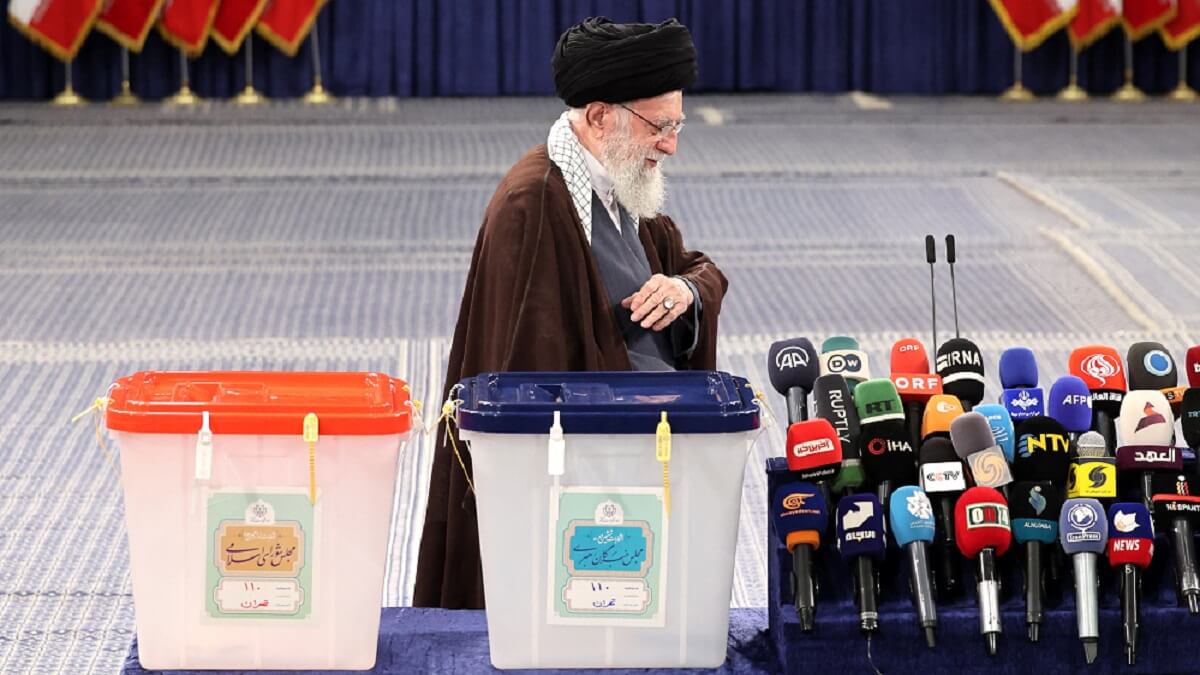
The main coalition of reformist parties, the Reform Front, did not participate, denouncing a "meaningless election" because many of its candidates were disqualified.
Turnout figures released by the media on Sunday indicate a downward trend in the country of 85 million people. In the last elections, held at the beginning of the COVID-19 crisis in 2020, the turnout was 42.57%.
Even so, the authorities expressed their satisfaction, assuring that "the plan to boycott the elections promoted by the enemies abroad" did not work.
It is "another historic defeat inflicted on Iran's enemies after the unrest" in 2022, President Ebrahim Raisi said on Saturday.
In the capital, Tehran, where turnout was around 25% according to some media reports, 12 MPs elected on Friday belonged to the ultra-conservative camp, which defends Raisi's government.
The more moderate candidates were either defeated or will have to run in a run-off election in April or May to win the remaining seats in the capital.


